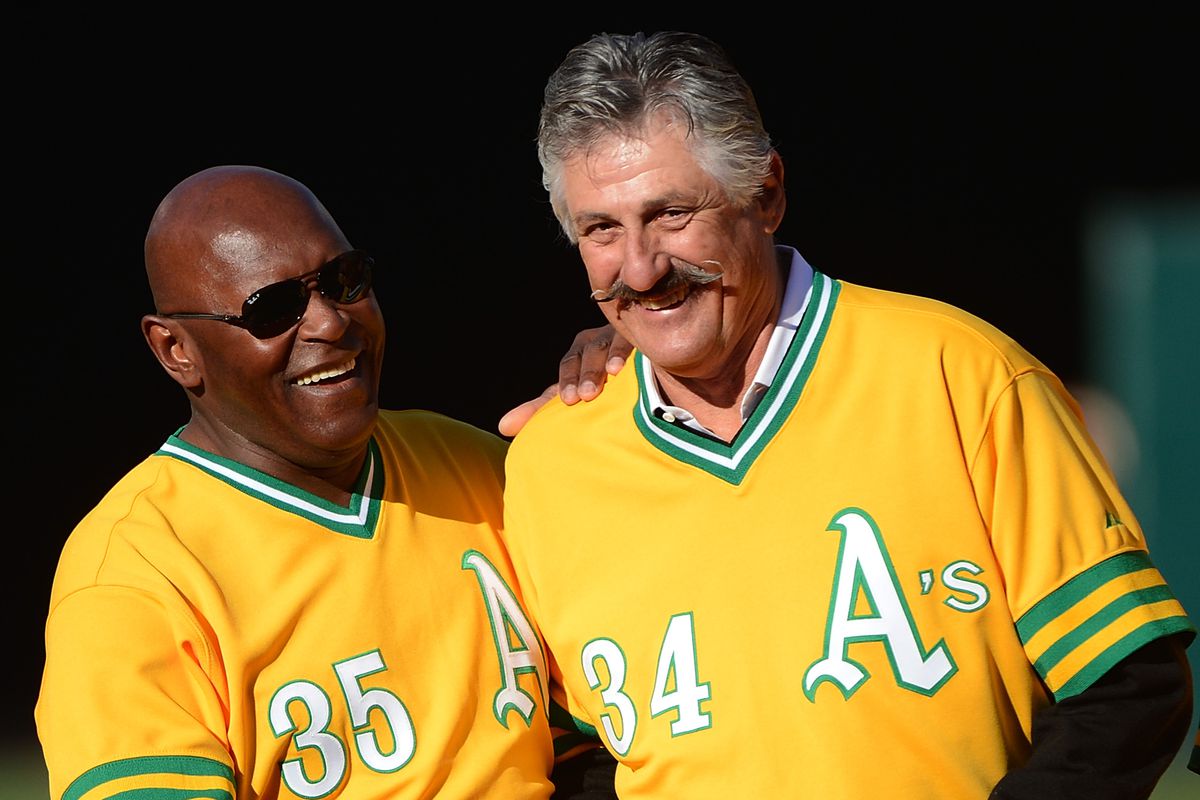The 20th century produced several legendary Finnish middle and long distance runners. The last of these “Flying Finns” was Lasse Viren.
The nickname was first used of Hannes Kolehmainen, also known as “Smiling Hannes”, after he took home three gold medals and broke two world records during the 1912 Stockholm Olympics. Paavo Nurmi [Daily Dose, June 13] was next, setting 22 world records and winning 12 medals across three Olympic Games while becoming one of the most decorated Olympians of all time. In the 1924 Paris Games, Ville Ritola won four gold and two silver medals before claiming a gold and a silver four years later in the 1928 Olympic Games in Amsterdam. Volmari Iso-Hollo twice won the 3000 meter Olympic steeplechase while Taitso Maki set five world records, holding three of them simultaneously between 1939 and 1942. The Finns pioneered middle and long distance running, demonstrating sisu—a Finnish term for self-reliance, fortitude and endurance—something other cultures call guts.
Lasse Artturi Viren was born in Myrskyla, Finland, a small rural town about 50 miles northeast of Helsinki, on this date in 1949. Viren and his three brothers grew up running in summer and cross-country skiing in winter. He showed promise at 15, running 1,000 meters in under three minutes. Nearing his 18th birthday, he broke 15 minutes for 5,000 meters and ran 3,000 meters in 8:32.8, both Finnish u-18 records. At the end of the 1967 season, Viren went into military service. Two years later, he accepted a scholarship to Brigham Young University, thrilled with the prospect of training at altitude in the Wasatch Mountains of Provo, Utah. Viren ran track and cross country at BYU for one year, returning home to his native Finland in summer 1970 to serve as a police officer while continuing his training. He debuted on the international scene at the 1971 European Championships in Helsinki, finishing seventh in the 5,000 and 17th in 10,000 meters. Viren was overshadowed by fellow countryman Juha Vaatainen, who took gold in both events. Shortly thereafter, he broke Vaatainen’s Finnish record at 5,000 meters before smashing the two-mile world record at a meet in Helsinki in summer 1972.
Viren entered the 1972 Munich Olympics as a dark horse. In his qualifying heat on August 31, Viren ran the 10,000 meters in 28:04.41 to finish fourth and barely make the final. The 10K final—25 laps around the 400 meter track—was held at Olympic Stadium four days later. Viren was in fifth place nearly halfway through the race when he got his legs tangled with Tunisia’s Mohamed Gammoudi and fell to the grass. The Finn sprang up instantaneously and, in less than 150 meters, caught up with the pack. With 600 meters to go, Viren dropped the hammer and started a lap-and-a-half kick for the ages, outpacing the field to win in a world-record time of 27:37.40. In the 5,000 meter final one week later, Viren overtook Gammoudi–who won Olympic gold at this distance in Mexico City four years earlier–in the final turn to beat the Tunisian by one second and claim gold. Viren became the fourth athlete to win both events in the same Olympics. In the Montreal Games four years later, Viren easily defended his title in the 10,000. Following the win, he took off his ASICS Runspark shoes and waved them to the crowd during his victory lap. The IOC accused Viren of promoting the tiger-stripe logo on the shoes and suspended him from competing in the 5K. Following an appeal, he was allowed to enter the race—two hours before gun time. Racing from the front, Viren devastated the world-class field to claim the first back-to-back gold in Olympic 5,000 meters history. He covered the last 1,500 meters in a time that would have placed him eighth in the 1,500 meter final. Remarkably, 18 hours later, he competed in his first marathon, finishing fifth in 2:13.11. Viren returned to the Olympics in 1980, finishing fifth and dropping out of the marathon with stomach problems, and retired following the Moscow Games in fall 1980.
Lasse Viren recaptured the image of the Flying Finns. His 10,000 meter gold medal in 1972 was Finland’s sixth at that distance, but first since 1936. Mr. Viren is the only athlete in Olympic history to complete the “Double Double”—winning the 5K and 10K in consecutive Olympic Games. He set five world records in 1972; in the two-mile, 5K and 10,000 meters. Frank Shorter, winner of the gold medal in the 1972 Olympic marathon, said Viren, “Had everything it takes to win. The talent, intelligence, determination, discipline, and an innate tactical sense of his competitors’ weaknesses.” Nearly six feet tall, Viren was a long-striding, lean runner. New Zealand coach Arthur Lydiard admired Viren’s systematic training, saying he was, “Perhaps the finest distance runner the world has ever seen.” The Guardian listed Viren’s world record run in the 1972 Olympic 10K final as the greatest sport comeback of all time. He served in the Finnish Parliament from 1999 to 2007. Lasse Viren—who was inducted into the International Association of Athletics Federation’s Hall of Fame in 2014– was scheduled to meet his idol, Paavo Nurmi, on October 2, 1973. That never happened as, sadly, Mr. Nurmi died in Helsinki earlier that day.









